Gardening With Purpose: Covering Bare Soil
Gardening With Purpose: Covering Bare Soil
If you’ve ever left your raised bed unplanted, or let a cleared part of your yard sit for awhile, you’ve seen how nature steps in with weeds. This can sometimes be annoying, since those weeds need to be pulled or cut down before other plants are placed in these locations. But nature is giving us a clue about smart ways to grow and tend our own landscapes. Nature reminds us to cover bare soil and plant in communities.
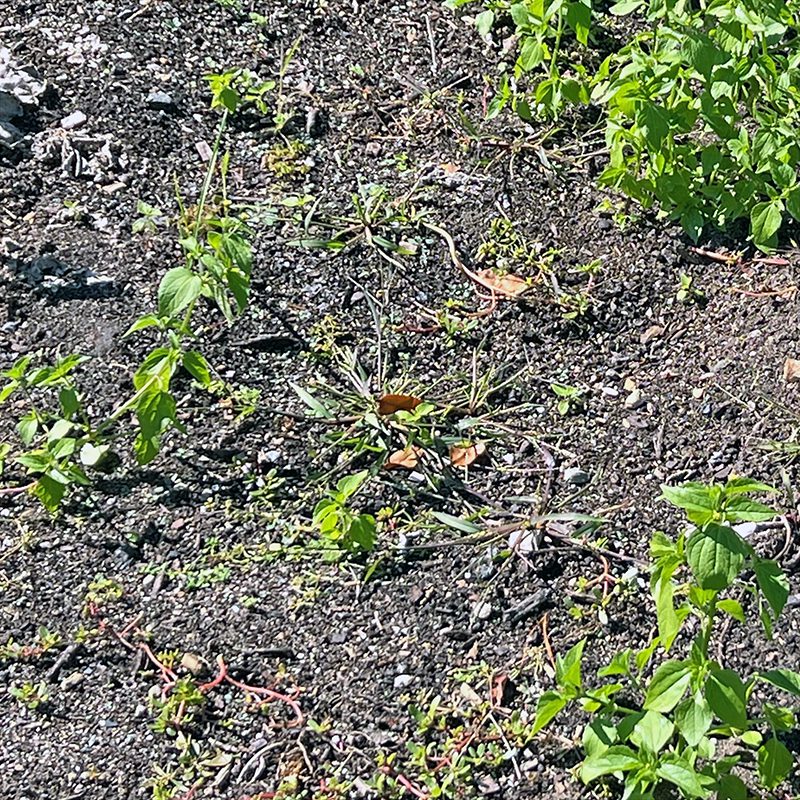
Often, people approach the planting of a garden like they do the furnishing of their living room. They put the chairs, tables and sofa in place, a distance apart, and aside from a rug or art on the walls, the room stays that way for years to come. Unlike furniture, plants continue to grow.
Nature also is constantly improving the soil from the top down. Leaves and branches fall to the ground, compost in place, and provide the nutrients and soil-life for future generations of plants. Here too we should take a hint, and realize that soil amendment is an on-going process.
So what does all of this mean for the home landscaper and garden designer? Here are tips for keeping your yard and garden beautiful and thriving, using nature as your guide.
Mulch Open Areas
Mulch is a wonderful way to keep enriching soil from the top down, especially in the early days before shrubs, trees, and perennials fill in. On Cape Cod, it’s especially valuable since we have sandy soils that don’t hold onto nutrients as well, and dry up quickly. Mulch decomposes into the soil and while it’s doing so it prevents some weed seeds from germinating.
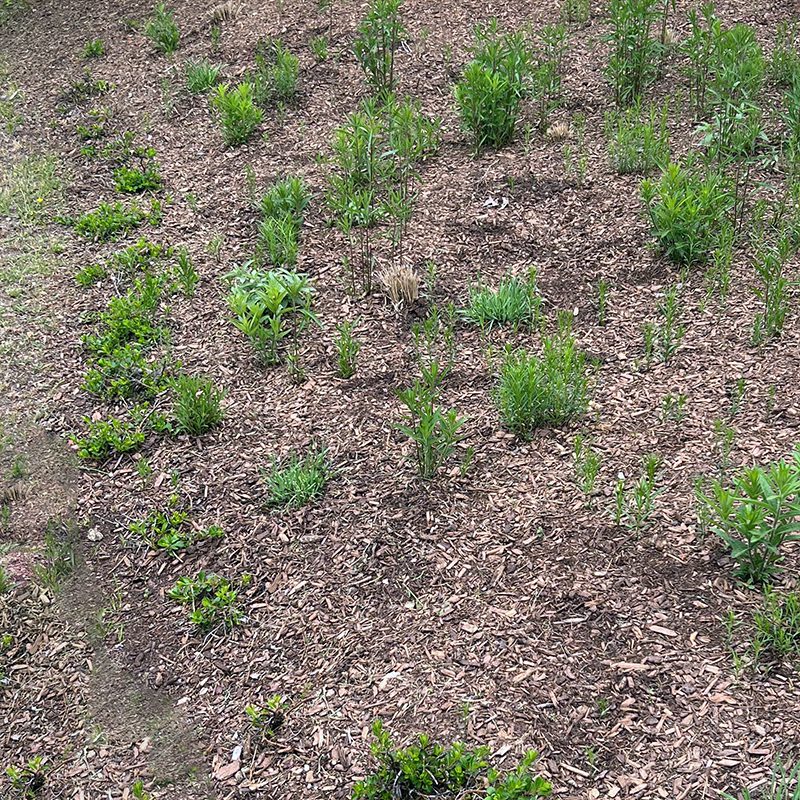
Plant In Layers And Communities
If you look in natural areas, you’ll see that there are often low plants growing under slightly taller plants, and these are topped by shrubs and trees of various sizes. The plants exist together, as a community. But in order to emulate this, you need to choose the right plants. You couldn’t expect a low, sun loving plant to grow underneath taller shrubs and trees that shade it. If the area is wet, your community should be made up of plants that like moist soils. If the conditions in your yard are dry, the plants all need to be drought tolerant.
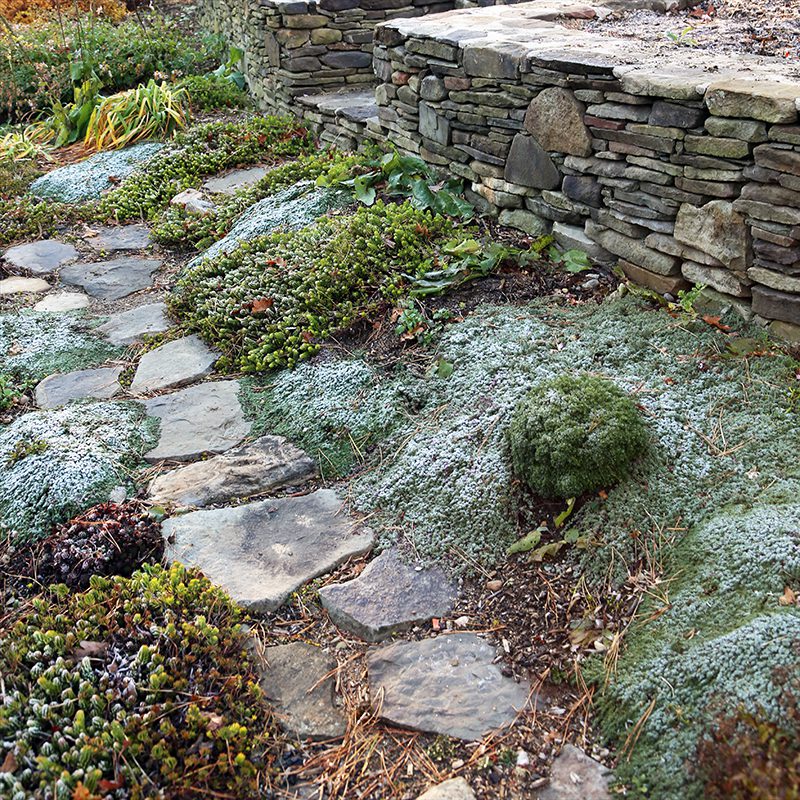
Denser Plantings Mean Less Mulching
If you want a landscape that doesn’t require so much hauling and spreading of mulch, plant more lower growing “socks and shoes” around your shrubs and taller perennials. If you pick plants that grow densely, you’ll have less weeding to do as well. They don’t all have to be low-growing, but it helps if the plants you choose grow thickly so that weeds can’t get established there. Download a list of some of these plants here.
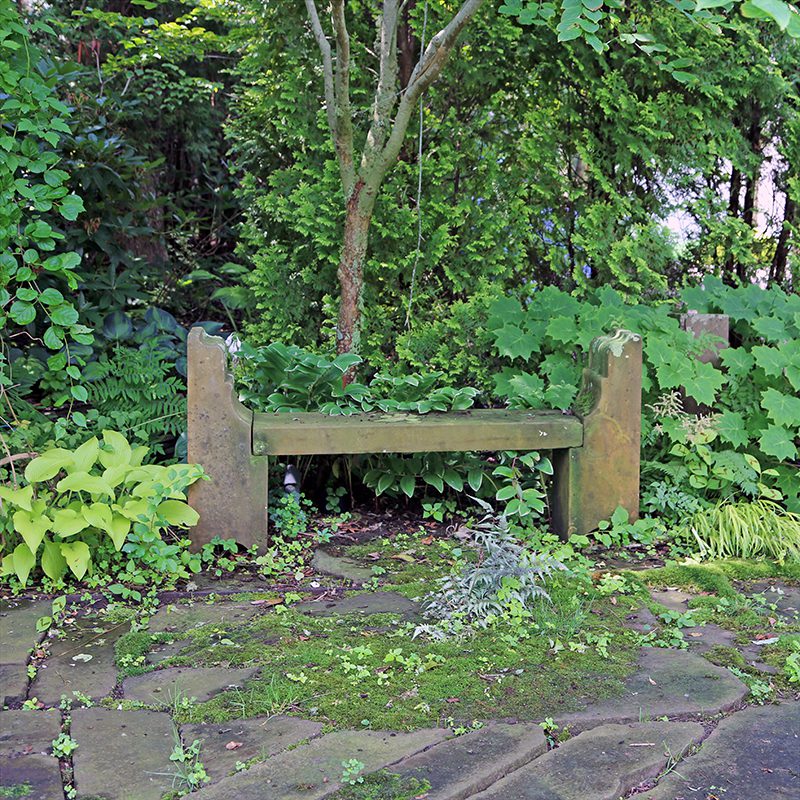
Layers Means More Color!
When you have a community of plants, you have more opportunities for foliage and seasonal color. Using plants with different flowering periods, and a range of colors and textures of foliage means that the garden is always changing and developing, and there are ongoing seasonal celebrations.
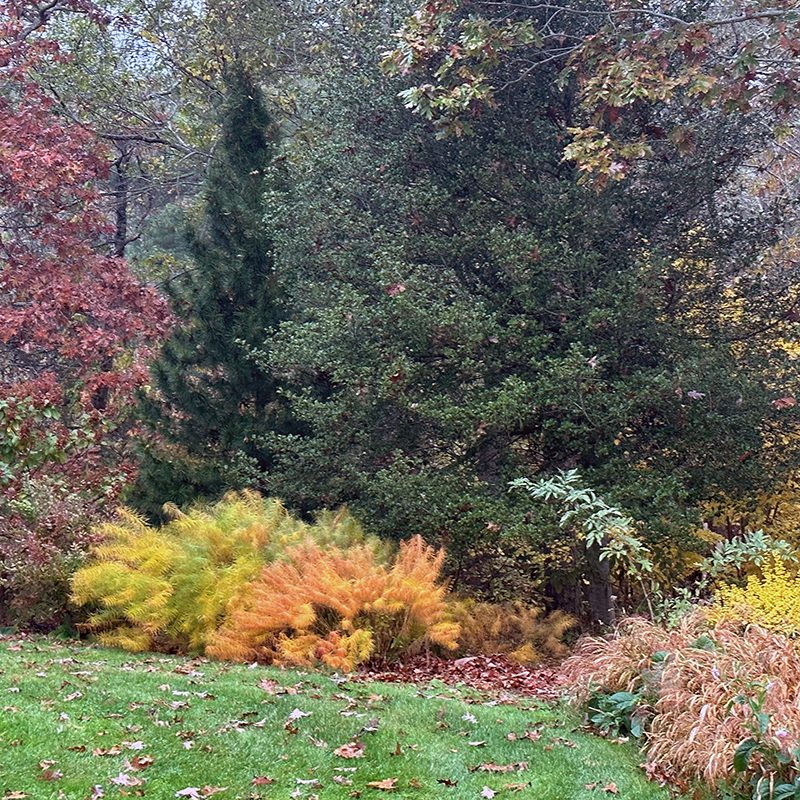
Annuals Can Play A Roll
Whether you’re waiting for the perennials to catch up and fill in, or whether you want to have some areas of on-going flower power in your garden, don’t forget the annuals. When planted in the open spaces, these can provide beauty from May until hard frost. Annuals that are especially good, and low-maintenance, include ‘Profusion Zinnias,’ New Guinea impatiens, Sunpatiens, Scaevola, marigolds, and wax begonias.
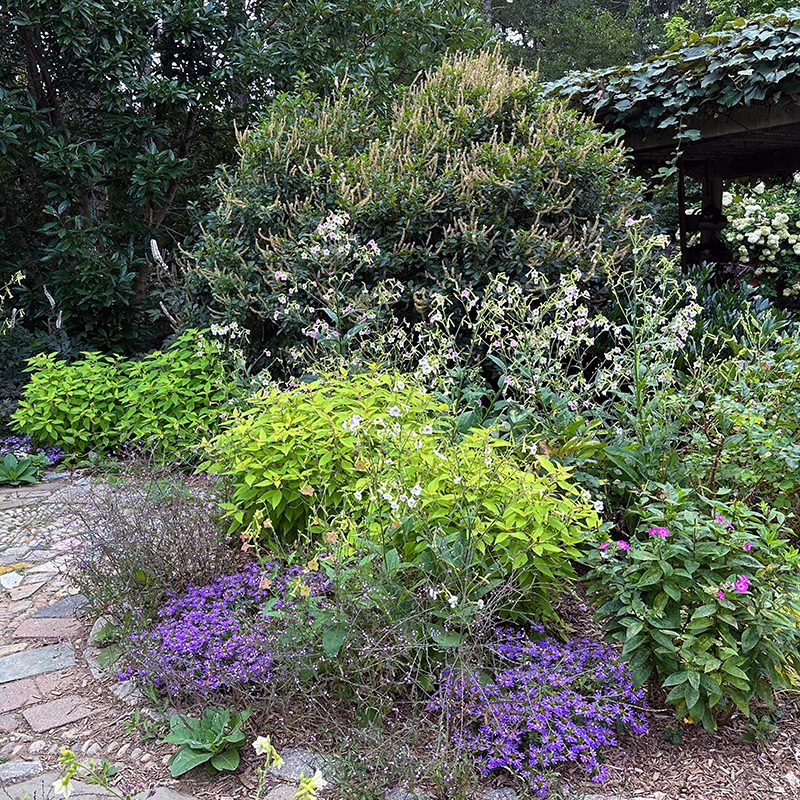
While You’re Thinking, Consider Planting Grass
If you’ve cleared an area and aren’t sure what you want to do with it, let us suggest that you sow grass seed while you’re making up your mind. You can always till sections of that turf later, and create beds for shrubs, trees, perennials, or vegetables. But if you leave the area bare, the soil will erode and weeds will grow. Alternatively, you can spread mulch in the open area, but with this method you’ll be looking at brown instead of green.

Subscribe To Our Newsletter
Sign up for our weekly email about sales and events.
